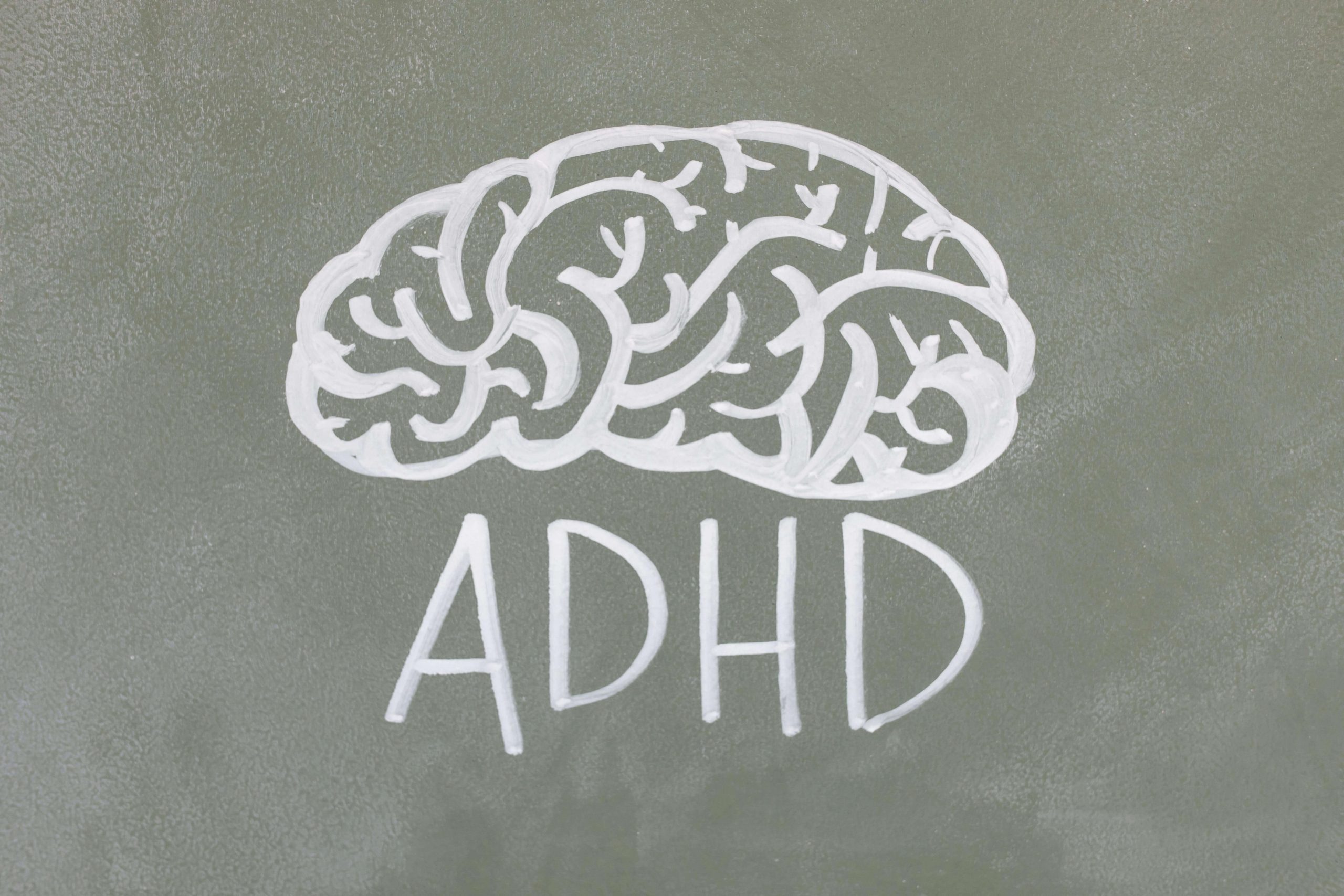ADHD Testing: How Women Are Underdiagnosed and Misunderstood

Attention-Deficit/Hyperactivity Disorder (ADHD) is one of the most widely discussed and most commonly diagnosed disorders today.

Common symptoms of inattention include things such as:
- Difficulty focusing
- Being easily distracted
- Forgetfulness, and
- Trouble organizing tasks or following instructions
Hyperactive symptoms may involve:
- Excessive movement
- Restlessness
- Talking too much
- Or an inability to stay seated or still when expected
Impulsivity often shows up as:
- Interrupting others
- Making quick decisions without considering consequences
- Or struggling to wait one’s turn
Understanding and testing for ADHD has not always been as structured or accepted as it is now. Below, let us explore how ADHD testing evolved from early misconceptions to the modern, evidence-based assessments we use today.
A Quick History of ADHD Testing

In 1798, Scottish physician Alexander Crichton described what he saw as “mental restlessness” in his medical records. In 1902, British pediatrician George Still reported cases of impulsive and inattentive behavior in children, though primarily boys. Finally, in 1980, the DSM-III introduced the term ADD (Attention-Deficit Disorder), separating attention problems from general hyperactivity and putting a name to previously observed symptoms.
By the time the DSM-IV came out in 1994, ADHD was recognized with three subtypes: inattentive, hyperactive-impulsive, and combined. Fortunately, this led to more structured testing, such as using things such as behavior checklists, parent/teacher reports, and interviews, but research and diagnostic criteria were still largely male-focused. Modern ADHD testing includes a comprehensive look at symptoms such as developmental history and functional impact. Tools now include cognitive assessments, rating scales, and screenings for co-occurring/co-morbid disorders. Yet, despite these advancements, many women and girls still fall through the cracks.
Why Do Women Fall Through the Cracks With ADHD Testing?
Symptoms Are Less Obvious in Girls:
Since early diagnostic models were built around boys who “act out,” girls who “zone out” were (and still are) frequently overlooked. Women and girls with ADHD often experience:
- Inattention, daydreaming, and disorganization, rather than hyperactivity.
Internalized symptoms like anxiety, low self-esteem, and emotional dysregulation. - Fewer behavior problems, which means they’re less likely to draw attention at school or at home.
Masking and Coping Strategies:
Many women learn or are taught early to mask their symptoms by overcompensating: creating strict routines, people-pleasing, or avoiding tasks altogether to manage overwhelm. This ability to “cope” can delay diagnosis until the demands of adult life, such as careers, relationships, and parenting, exceed what their coping mechanisms can handle.
Bias in Research and Diagnosis:

Start ADHD Testing in Greenwood Village, CO, Littleton, Englewood, and Across the State!
The history of ADHD testing shows how much progress we have made, and how far we still have to go. Understanding the gender gap in diagnosis is about ensuring that everyone, regardless of gender, can access the support and tools they need to be successful!
For many women, receiving an ADHD diagnosis can be a revelation and a relief! If you or a loved one has any questions about ADHD testing, reach out to a qualified mental health professional at Mountain Vista Psychology today! You can start your therapy journey by following these simple steps:
- Contact us today to schedule a consultation
- Meet with a trained therapist
- Start finding relief and clarity!
Other Services Offered by Mountain Vista Psychology
Our Colorado counseling clinics in Greenwood Village, Littleton, and Englewood are happy to offer a variety of services to support your mental health. We are happy to offer a variety of mental health services including ADHD testing. We also provide ADHD therapy for children, teens, and adults. Other services offered via in-person and online counseling include child counseling, teen counseling, adult counseling, family therapy, grief counseling, and therapeutic yoga. Additionally, we provide neurofeedback therapy, including targeted neurofeedback for ADHD, autism, anxiety, concussion/TBI recovery, and sports or performance enhancement. We also conduct evaluations for learning disabilities and Autism. Read through the Mountain Vista blog for helpful information and insights!
Schedule a FREE Consultation Online
We serve the Denver Metro area of Colorado. Click the button below to Schedule an Initial Consultation. To Schedule Neurofeedback or Testing please call us at 720-248-8603
Recent Articles
What is Neurofeedback?
Neurofeedback is a form of biofeedback, a technique that uses sensors to measure brain activity with the intent of helping…
What to Expect in Autism Testing
Do you wonder if you or a loved one might be autistic? If so, getting tested can be helpful. The…
Mental Health and Maternity
Mental Health is Important! Pregnancy is a time of change affecting almost every aspect of a person’s life. Hormones are…
Neurofeedback for ADHD: How It Can Help
If you or someone you love has ADHD, you may already be familiar with the common treatments such as medication,…





